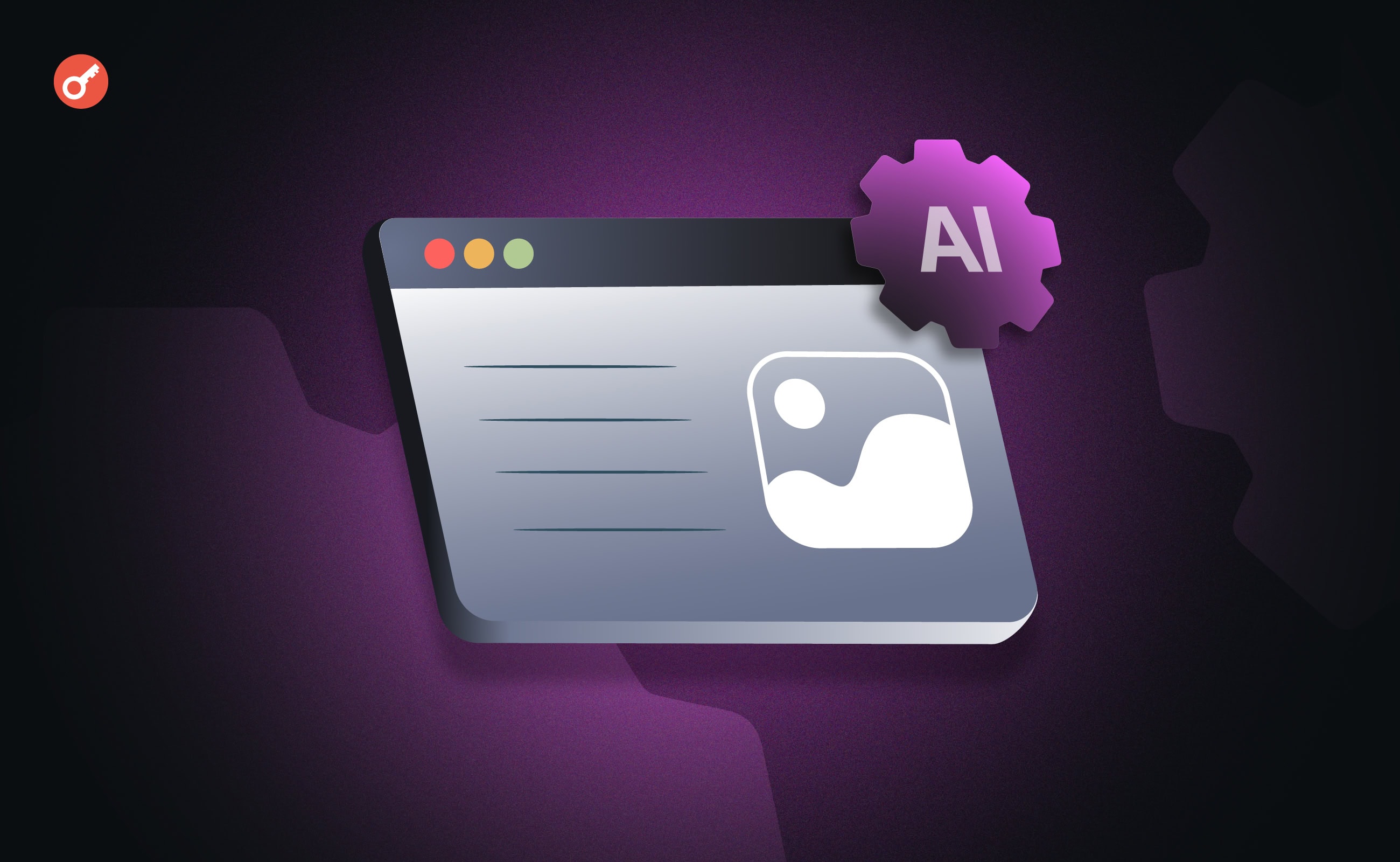Chinese Students’ Unique Approach to Health and Education

In a recent turn of events, a photograph depicting Chinese students engrossed in their homework while receiving infusion therapy at a hospital has ignited a wave of discussions on social media platforms, particularly X (formerly known as Twitter).
Overseas netizens have expressed disbelief, with some speculating that the image might be the result of AI-generated content. However, this practice is far from fictitious and is, in fact, a common occurrence in Chinese healthcare institutions. This article delves into the phenomenon, exploring the reasons behind it and shedding light on the broader cultural context.
Upon seeing the photo of Chinese students seemingly multitasking between their school assignments and medical treatment, many overseas netizens were quick to cast doubts on its authenticity. Some even suggested that the image could be a scene from a movie or the work of artificial intelligence. Curiously, fingers and ear shapes were scrutinized for potential evidence of AI involvement.
The reality – A common practice in Chinese hospitals
Contrary to the skepticism, students continuing their studies while receiving medical treatment is far from unusual in China. As early as 2019, the People’s Daily reported that the Nanjing Tongren Children’s Hospital in Jiangsu Province had established a designated “study area” adjacent to its infusion center.
This area was designed to accommodate students who needed to balance their homework with their medical treatment. Similarly, a pediatric hospital in Wuhan, Hubei Province, recently garnered attention for providing dedicated spaces with desks and chairs to facilitate students’ studies during their hospital stays.
Moreover, Chinese social media platforms are filled with images shared by netizens showcasing students studying while undergoing medical care. These snapshots often feature designated “homework areas” and “children’s infusion learning zones” established by hospitals throughout the country.
It is essential to emphasize that the students receiving infusion therapy are not necessarily critically ill. In China’s healthcare system, intravenous therapy is a common treatment approach, even for less severe ailments. For example, patients diagnosed with pneumonia typically undergo 3 to 5 days of intravenous therapy as part of their treatment plan.
A glimpse into Chinese perspective
In response to the overseas debate and skepticism surrounding this practice, some Chinese netizens have shared their own experiences. Many commented, “I went through this when I was a child,” and “It’s normal; there’s no situation where you stop doing homework just because you’re sick.”
Others attributed the disbelief to a cultural gap, stating, “This is a culture shock for foreigners,” and “People really can’t imagine things they haven’t seen before.” These remarks underscore the differing perspectives on the intersection of education and healthcare between China and other countries.
Chinese netizens, much like their overseas counterparts, exhibited a range of reactions to the viral photo. While some expressed initial disbelief, others shared their own stories of undergoing a similar experience as children. The prevailing sentiment among them seemed to be that this practice was an integral part of their upbringing and educational journey.
Chinese Students’ Unique Approach to Health and Education

In a recent turn of events, a photograph depicting Chinese students engrossed in their homework while receiving infusion therapy at a hospital has ignited a wave of discussions on social media platforms, particularly X (formerly known as Twitter).
Overseas netizens have expressed disbelief, with some speculating that the image might be the result of AI-generated content. However, this practice is far from fictitious and is, in fact, a common occurrence in Chinese healthcare institutions. This article delves into the phenomenon, exploring the reasons behind it and shedding light on the broader cultural context.
Upon seeing the photo of Chinese students seemingly multitasking between their school assignments and medical treatment, many overseas netizens were quick to cast doubts on its authenticity. Some even suggested that the image could be a scene from a movie or the work of artificial intelligence. Curiously, fingers and ear shapes were scrutinized for potential evidence of AI involvement.
The reality – A common practice in Chinese hospitals
Contrary to the skepticism, students continuing their studies while receiving medical treatment is far from unusual in China. As early as 2019, the People’s Daily reported that the Nanjing Tongren Children’s Hospital in Jiangsu Province had established a designated “study area” adjacent to its infusion center.
This area was designed to accommodate students who needed to balance their homework with their medical treatment. Similarly, a pediatric hospital in Wuhan, Hubei Province, recently garnered attention for providing dedicated spaces with desks and chairs to facilitate students’ studies during their hospital stays.
Moreover, Chinese social media platforms are filled with images shared by netizens showcasing students studying while undergoing medical care. These snapshots often feature designated “homework areas” and “children’s infusion learning zones” established by hospitals throughout the country.
It is essential to emphasize that the students receiving infusion therapy are not necessarily critically ill. In China’s healthcare system, intravenous therapy is a common treatment approach, even for less severe ailments. For example, patients diagnosed with pneumonia typically undergo 3 to 5 days of intravenous therapy as part of their treatment plan.
A glimpse into Chinese perspective
In response to the overseas debate and skepticism surrounding this practice, some Chinese netizens have shared their own experiences. Many commented, “I went through this when I was a child,” and “It’s normal; there’s no situation where you stop doing homework just because you’re sick.”
Others attributed the disbelief to a cultural gap, stating, “This is a culture shock for foreigners,” and “People really can’t imagine things they haven’t seen before.” These remarks underscore the differing perspectives on the intersection of education and healthcare between China and other countries.
Chinese netizens, much like their overseas counterparts, exhibited a range of reactions to the viral photo. While some expressed initial disbelief, others shared their own stories of undergoing a similar experience as children. The prevailing sentiment among them seemed to be that this practice was an integral part of their upbringing and educational journey.

